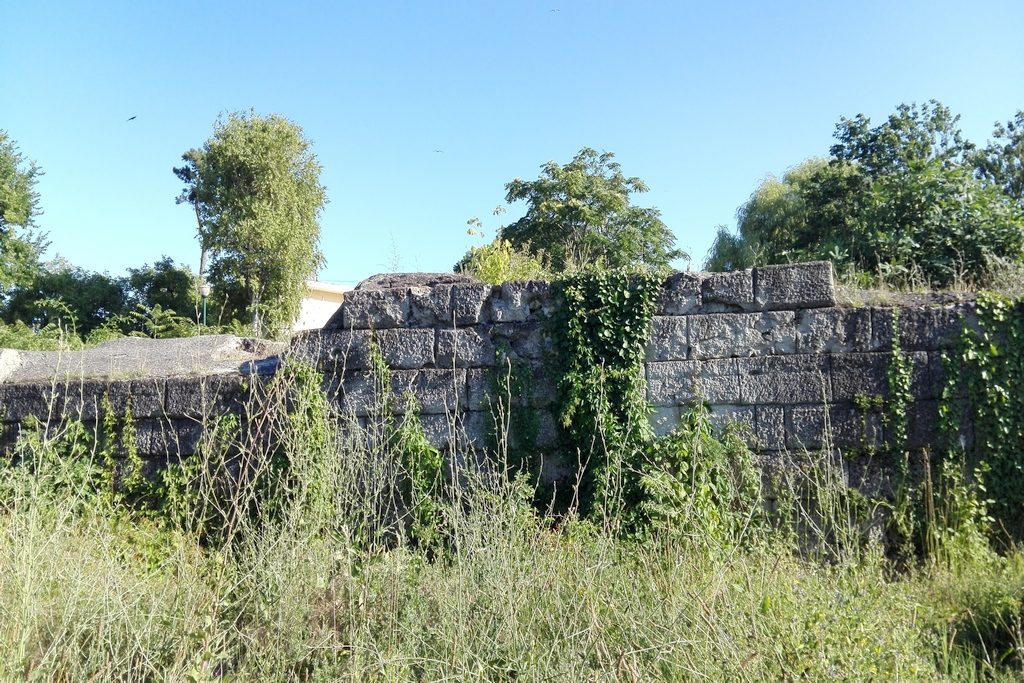

Callatis fortress was founded, according to the ancient literary sources, at the end of the sixth century BC by Dorian colonists arrived from Pontic Heracleea. The fortress was built upon the order of an oracle on the site of a Getae settlement called Cerbatis or Acervetis. After the foundation of Callatis fortress, we have information from a number of ancient writers, among which we mention: Ptolemy, Strabo, Memnon, Ovidiu, Plinius the Elder, Arian, Pseudo-Skymnos, Demetrios of Callatis and Scylax of Cariadna.
During the fourth century BC the fortress recorded a high economic, social and political development, revealed by both written sources and by archaeological discoveries. The town has a rural territory which it operates, its workshops produce fully and enjoy a democratic regime following the model of fortresses-states of southern Aegea. Now are built the strong walls that defend it from landward, port facilities are arranged, temples are built, as well as public and civil buildings , monuments are elevated.
In Callatis fortress coins were minted, the first dating from around 300 BCE, these being made of silver and having represented on one side Heracles’ head and on the other side the symbols of Oral: quiver, bow, bludgeon and ears of wheat. Later appeared the bronze coins which reproduced on the obverse images of the gods Dionysus, Apollon, Athena, Hermes, Demeter, and on the reverse the short name of the fortress, Kala or Kalla .
Endowed with a sheltered harbor, strong walls and fertile hinterland, Callatis fortress has experienced a very prosperity during the fourth and third century BC, despite the danger of Macedonian domination, of a siege (310-309 BC), of the Thracian king Lysimachus and of the failure of his projects to take over, together with Histria the port of Tomis city. Even after the death of Alexander the Great and of Lysimachus, during the third and second century BC, the fortress was still issuing gold staters having on the obverse the face of the two monarchs and on the respective reverses, a winged victory and Athena with a victory in hand.
In parallel with the flourishing economic life, in Callatis also took place an intense artistic activity, as evidenced by the objects found here: fine glass objects, baked clay statues covered with gold (tanagrets), marble statues and monuments.
Regarding the archaeological remains, what we know and was discovered after the excavations, is the wall built during the late Roman times. Historia Augusta, the official chronicle of the Roman Empire, recalls that Emperor Gallenius sent two architects from Byzantium, Cleodamos and Athenaios to rebuild the fortifications of the cities on the Dobrudjan coast of the Black Sea.
In the northeast corner of the fortress is located the basilica. Its complex consists of three parts: the actual basilica, atrium and the palace. It dates from the Vst century AD. Basilica itself, serving as a Christian place of worship, unusually oriented to the north-south, has important similarities both as plan, as well as technical, with buildings of the same type from Syria. It is, apparently, the work of a Syrian architect and served as the seat of the city diocese.
